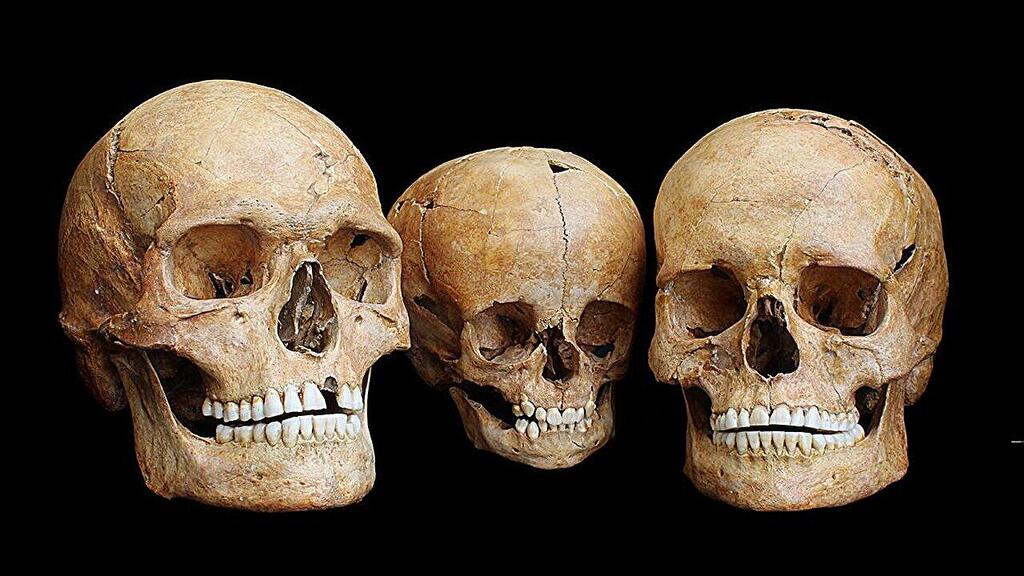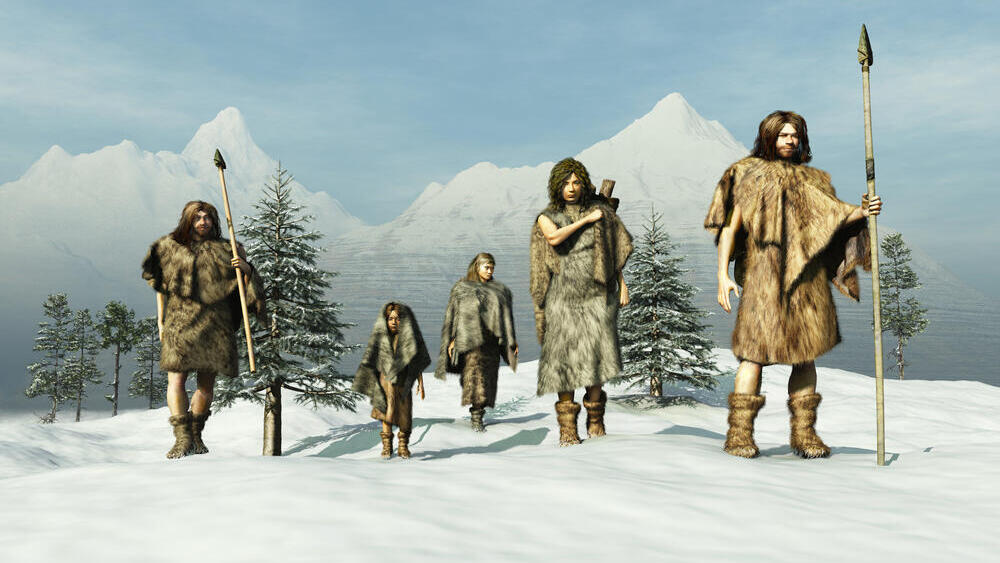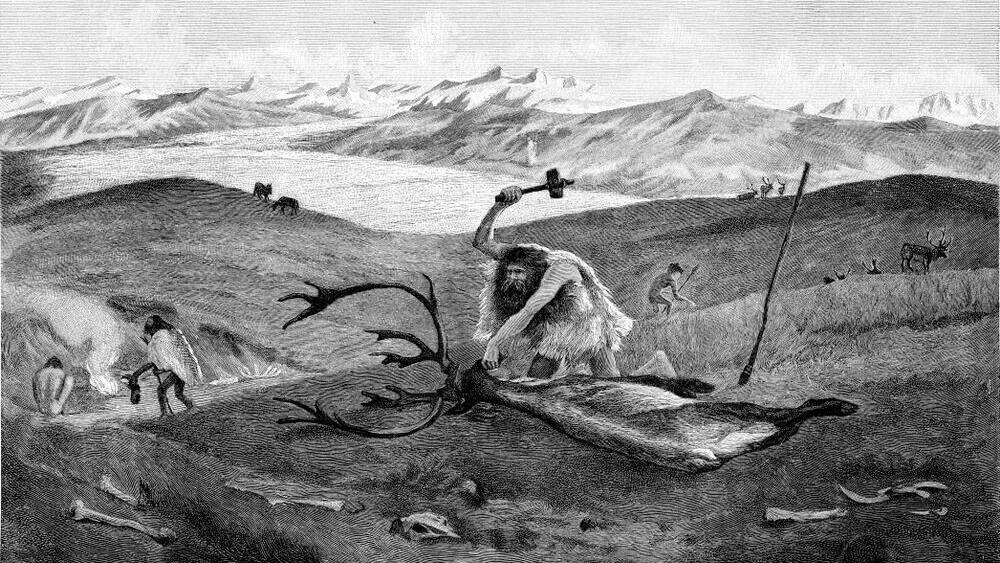A new international research team has shown how prehistoric hunter-gatherers coped with climate change between 47,000 and 7,000 years ago via examination of the largest dataset of human fossils from Europe during the Ice Age. Human population sizes sharply declined during the coldest period, leading to the near extinction of the species in the western part of the continent.
Dr. Hannes Rathmann from the Senckenberg Center for Human Evolution and Paleoenvironment at the University of Tubingen developed a new method for analyzing fossils — using a machine learning algorithm — in collaboration with colleagues from Tübingen, the University of Ferrara and New York University in a study published in Science Advances.
3 View gallery


8,500-year-old Skulls of hunter-gatherers from Germany
(Photo: Osteological Collection, University of Tübingen)
Around 45,000 years ago, the first modern humans migrated to Europe during the last Ice Age (the Upper Paleolithic period). Archaeologists have long debated the impact of climate change and associated environmental conditions on the demographics of hunter-gatherers who lived at that time.
The limited number of available fossils and poor molecular preservation for ancient DNA analysis made it difficult to draw conclusions about climate's impact on human populations. To address this, the research team chose a new approach. Instead of analyzing the few prehistoric individuals for whom ancient DNA exists, the researchers examined their teeth.
"Teeth are the hardest tissue in the human body and are therefore the most common fossil skeletal elements found by archaeologists. This has allowed us to collect an unprecedented dataset that is significantly larger than previous skeletal and genetic datasets. Our newly compiled collection includes dental data of 450 prehistoric humans from all over Europe, covering the period between 47,000 and 7,000 years ago," Dr. Rathmann explained.
The researchers focused on variations in the dental anatomy, including tooth shapes, numbers, and the presence or absence of wisdom teeth. "These traits are heritable, which means we can use them to trace genetic relationships among Ice Age humans without requiring well-preserved ancient DNA," Dr. Rathmann said.
Because these traits can be observed directly, hundreds of fossil photographs were examined as part of the study. "Examining historical photographs for dental traits was particularly exciting, as it allowed us to include important fossils that unfortunately no longer exist, such as those lost or destroyed during World War II," Dr. Rathmann added.
The study revealed that between 47,000 and 28,000 years ago, human populations in western and eastern Europe were genetically linked. "This finding is consistent with our previous knowledge from archaeological studies, which identified widespread similarities in stone tools, hunting weapons, and portable art from the different regions," explained Dr. Judith Beier from the University of Tubingen.
During this period, European terrain was largely characterized by steppes, which provided fertile grounds for growing herds of animals that were the primary food source for hunter-gatherers.
In the subsequent period (between 28,000 and 14,000 years ago), no genetic links were found between populations in Western and Eastern Europe. Additionally, the analyses indicated that both regions experienced a significant decline in population size, leading to a loss of genetic diversity.
"This drastic demographic change was probably caused by massive climate changes: Temperatures during this period dropped to the lowest values of the entire Upper Paleolithic and culminated in the Last Glacial Maximum, a time when ice sheets reached their greatest extent and covered most of northern and central Europe," Dr. Rathmann explained.
"The deteriorating climate caused a shift in vegetation from steppe to a predominantly tundra landscape, which affected the habitats of prey animals and, consequently, the hunter-gatherers who depended on them,” he added.
At the end of this frozen period, temperatures rose, causing glaciers to melt and vegetation to flourish, encouraging the resettlement of abandoned areas. The research team observed that during this time, the isolated and reduced human populations in western and eastern Europe began to grow with renewed migration.
"Our new method—which is based on a machine learning algorithm we call Pheno-ABC—has enabled us for the first time to reconstruct complex prehistoric demographic events using morphological data. As far as we know, this has never been achieved before," said Dr. Maria Teresa Vizzari from the University of Ferrara.
"Our study provides important insights into the demographic history of Ice Age Europeans and highlights the profound impact of climate and environmental changes on the lives of prehistoric humans. We should urgently learn from our past if we want to address the complex environmental problems of the future," Dr. Rathmann added.



